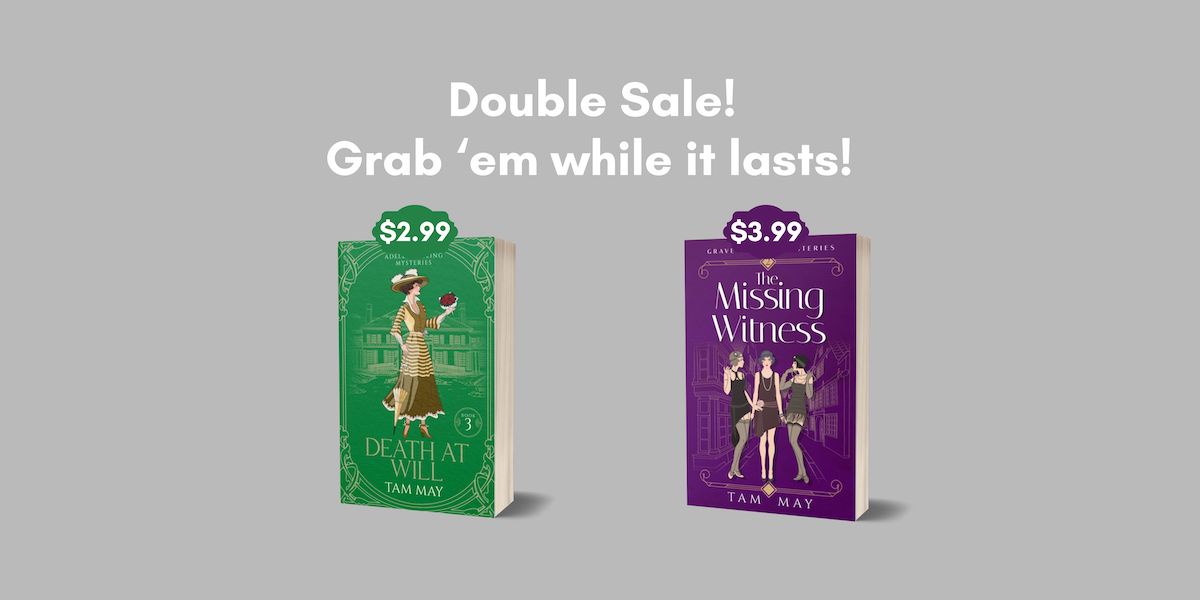
Photo Credit: Let all rejoice sweet Easter Day, 1881, stock card, published by Geo M. Hayes, Boston Public Library, Print Department: Boston Public Library/Flickr/CC BY 2.0
It’s officially Easter and, if you’ve been reading my blog, you know that I love to dive into the way things were during the holidays. The Gilded Age made of Easter what it made of many other holidays — an opportunity for opulence and excess. But, then, Gilded Agers knew how to enjoy life.
Easter in America didn’t become a spectacle until after the Civil War. In the first half of the 19th century, it was an important holiday for Christians and Catholics, but some religious groups were apt to ignore it. Others made Easter Sunday a day of mourning the fallen soldiers of the war.
But things began to change around the 1870s (which coincides, not coincidentally, I think, with the birth of the Gilded Age). Easter was still, of course, a religious holiday and honored as such, but the Gilded Age mentality began to slip in. Gilded Agers saw it as a time to celebrate spring in the best way they knew how — by showing off.

Photo Credit: She won’t bow to the hat, C. J. Taylor, 1896, Library of Congress, Chromolithographs: Picryl/No known restrictions
The tradition of new Easter clothes took off during this period. Easter was the perfect time to jump into spring with bright, pastel shades and adornments. As with other holidays, such as Christmas, consumerism ruled, and it suddenly became a necessity rather than desirable for women and men to get new clothes for the holiday. Advertisements for men’s clothes urged them not to wait to order their new Easter suits, and buying a new hat for the holiday was the order of the day for most women (thus was born the “Easter bonnet”). As you can see from the photos on this page, not a ribbon or a frill was spared on these elaborate headgear.
Where did Gilded Agers take themselves to display their new Easter garb? To church, obviously. In fact, there were those who weren’t regular churchgoers but would make an exception for Easter Sunday so their fellow worshipers could admire their new spring clothes. Another place Gilded Agers went to see and be seen in their new Easter garb was restaurants and hotels. Just as with Thanksgiving, hotel dining rooms had special menus for Easter that might have included lamb and asparagus (a vegetable just coming into vogue in Victorian cuisine). And the height of showing off in the Gilded Age was the Easter parade. In fact, the idea of the parade was conceived when aristocratic Victorian ladies flocked down Fifth Avenue dressed in their finest after church. In 1948, the musical Easter Parade, starring Judy Garland and Fred Astaire epitomized this Easter tradition, especially in this song where Garland tackles all the cliches of Easter in one tune.
Want to read about one Nob Hill family and their rise and fall in the Gilded Age? My entire Waxwood Series is now available!
Want to explore the nooks and crannies of history that aren’t in the history books? Like social and psychological history and not just historical events? Want in on exclusive sneak peeks, giveaways, and surveys? Then sign up for my newsletter! You’ll get a free short story when you do.

